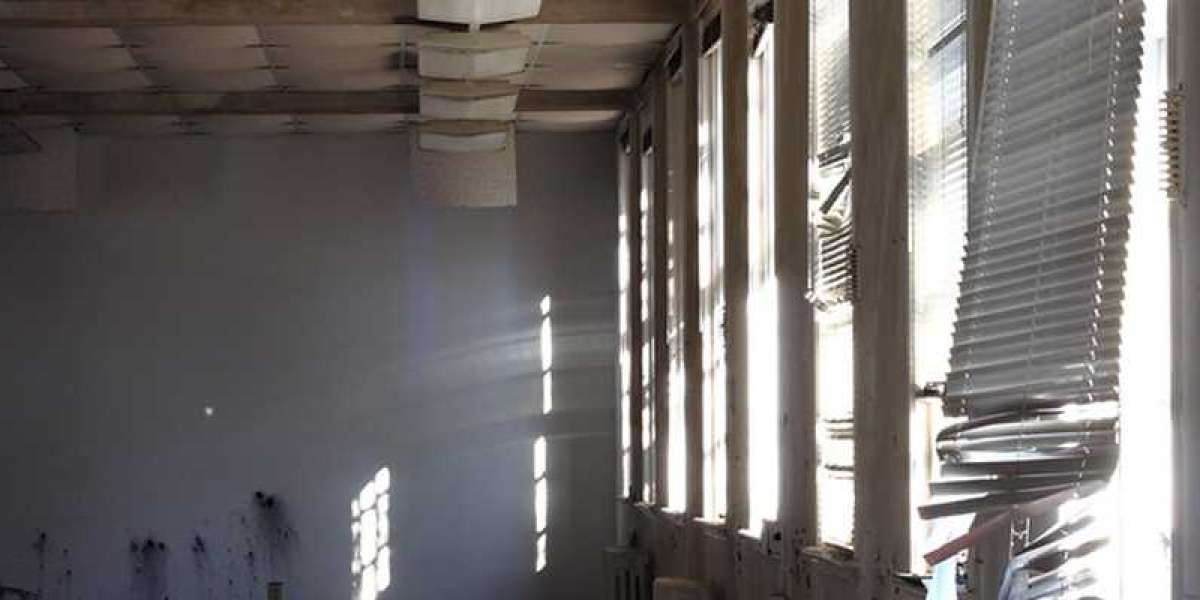This guide explains how to identify the problem and fix a sagging ceiling in simple steps.
Why is My Ceiling Sagging?
Before diving into repairs, it’s essential to figure out what’s causing the ceiling to sag. Here are the most common reasons:
- Water Damage
Leaks from your roof or plumbing pipes can soak into the ceiling materials, causing them to weaken and sag. This is a common issue, especially after heavy rain or storms. - Structural Issues
Sometimes, the problem goes deeper. If there are issues with your home’s framework, like weakened beams, you might see the ceiling sag. This type of problem usually needs professional attention. - Poor Installation
If the plasterboard or ceiling sheets are not installed correctly, they can start to droop over time. This often happens when the screws weren’t placed securely or weren’t spaced properly.
How to Fix a Sagging Ceiling
Depending on the severity of the sagging, different repair methods can be applied. Here’s how you can fix it:
1. Quick Fixes for Minor Sagging
If the sagging is small and localised, you can often fix it yourself. Here’s what you can do:
Reattach the Plasterboard
Use screws to secure the sagging plasterboard back to the joists (the wooden beams supporting your ceiling). Make sure to space the screws about 300mm apart along the joists for strong support.
This quick fix usually takes under an hour and is suitable for minor sags.
2. Moderate Repairs for Larger Sagging
If the sagging is more noticeable and covers a larger area, you’ll need to provide extra support:
Install Support Battens
Attach wooden battens (strips of wood) beneath the sagging area to reinforce the ceiling. Apply adhesive from above the plasterboard to strengthen the bond, then secure the battens with screws. Allow the adhesive to set for around a week.
This method provides extra reinforcement and helps keep the ceiling in place.
3. Major Repairs for Severe Damage
If your ceiling has significant sagging or damage, it might be time for a bigger fix:
Full Ceiling Replacement
For severe cases, you’ll need to remove the damaged plasterboard and inspect the structure. If there are issues with the joists or beams, they might need fixing or replacing.
Once everything is secure, you can install a new plasterboard. While this process is more involved, it offers a long-lasting solution and ensures your ceiling stays safe and secure.
When to Call a Professional
Not all ceiling problems are DIY-friendly. If you’re not sure what’s causing the sagging or if the damage is significant, it’s best to call in a professional contractor.
They can properly assess the situation and carry out the repairs safely and effectively, ensuring that everything is done to Australian building standards.
Additional Tips for Ceiling Repairs
- Safety First
If there are any light fixtures or electrical components in the ceiling, always get a licensed electrician to check them before starting repairs. This ensures you’re not working with any live wires or potential hazards. - Prevent Future Issues
To stop your ceiling from sagging again, address any leaks or structural problems as soon as they appear. Regular roof inspections and maintenance can help catch issues early and prevent water damage.
A sagging ceiling might seem like a big problem, but with the right approach, it’s something you can fix. Whether it’s a quick DIY solution or a more involved repair, tackling the issue early can save you from bigger headaches down the line.
If you’re ever in doubt, don’t hesitate to reach out to a professional ceiling repair service like Southern Ceiling Repairs. They specialise in ceiling repairs Rockingham and can provide expert advice to make sure your ceiling is safe and secure for years to come.
By understanding the causes and solutions for sagging ceilings, you can protect your home and maintain its value without unnecessary stress.








